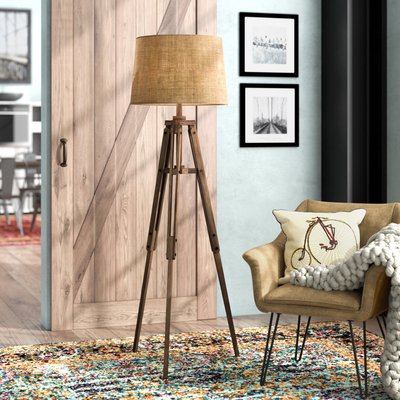The Basic Principles Of Sunmory
The Basic Principles Of Sunmory
Blog Article
Facts About Sunmory Revealed
Table of ContentsSunmory for BeginnersThe Best Guide To SunmoryThe Definitive Guide to Sunmory5 Easy Facts About Sunmory ShownThe Definitive Guide to SunmoryThe Sunmory PDFs
As I spoke about in an earlier blog post, A Lesson on Lighting, the direction the light bulb deals with is a big element just how much light the lamp provides. When the bulb faces up (uplight) it will certainly provide even more ambient light to the entire area while a bulb that encounters down (downlight) supplies a lot more concentrated job illumination.Combos I like are brass + polished nickel and brass + black. I have a tendency to select floor lights in the center of my layout process - they usually match various other aspects and play a sustaining duty.
Ever before found yourself looking at your area, questioning whether a table light or a flooring light would complete the appearance? You're not the only one. We will check out Desk Light vs. Floor Lamp in a neck and neck comparison to see which is the better alternative. Let's dive in! Table lamps are small lighting components created for placement on tables or racks.
See This Report about Sunmory
Their main task is to supply light in a details area. Table lights boost area design by offering both light and style choices to match your area's look.
(https://www.ted.com/profiles/48217929)With tones that diffuse light softly, table lights can develop a cozy, inviting atmosphere in any area. Floor lamps are freestanding lights components made to brighten or accent a room from the flooring up. They're independent, calling for no table or shelf for assistance. Their layout allows them to provide both ambient and task lighting, depending on the style and placement.
With choices for uplighting or directional illumination, they serve multiple lighting needs. Unlike table lamps, they do not call for added furnishings, conserving room and expense. arc floor lamp.
The 6-Second Trick For Sunmory
Flooring Lamp: Bases On the floor, preserving table room. for its very little effect on surface area room usage. Table Light: Does not occupy floor space, as it sits on existing furniture. Floor Light: Needs a part of floor room for placement. for maintaining valuable flooring area in a space. Table Lamp: Deals focused, local lights suitable for reviewing or task job.
Table Lamp: Conveniently relocated and repositioned, offering versatility in changing lighting locations. Floor Lamp: Less mobile due to size but uses flexible elevations and angles in several designs.
Flooring Light: Offers official site adjustable illumination options, consisting of uplighting and downlighting, to match numerous requirements. Table Light and Floor Light: Both can be just as energy-efficient, depending on the kind of bulbs utilized (LED, CFL, etc).
3 Easy Facts About Sunmory Explained

You call for concentrated lights for jobs. You're working with limited floor area. You take pleasure in adding decorative touches to tables. You choose easy-to-move lights options. Locate a vast choice of fashionable table lights at IKEA Table Lamps. The choice in between a floor light and a table lamp depends upon your details requirements.
They're excellent for ambient illumination or when you need light from over for reading. Table lights, on the various other hand, are preferable for task lights, such as analysis, composing, or working with a computer system. They can supply straight light in a particular location and include an attractive touch to tables or workdesks.
3 Easy Facts About Sunmory Explained
Table lamps are made to remain on tables and offer light in one area, perfect for checking out or composing. The quantity of electrical power used by a lamp is figured out by the electrical power of the light bulb it houses, not the kind of lamp. Both flooring lamps and ceiling lights can be energy-efficient relying on the bulbs they utilize.
A flooring lamp, frequently referred to as a standing lamp, is a high, free standing light developed to base on the flooring. Flooring lamps usually contain a base, a pole, and a lampshade, which houses the light bulb. The base keeps the light secure, while the pole can be available in numerous designs and finishes, sustaining the lampshade and light bulb at the top.
Lamps made use of to be constructed from wood and brass, and now they use electrical lights and are very important for home decor. Floor lights transitioned from purely practical to essential attractive items in homes. New innovation and creative layouts made them preferred in the 1950s, offering different styles for both lights and looks.
Getting My Sunmory To Work
A floor light is composed of four primary parts: the base, post, lamp shade, and source of light. The base gives security, preventing the light from toppling. The post attaches the base to the lampshade and commonly includes adjustable attributes to change the light's elevation or direction. The lampshade diffuses and routes the light, influencing the ambiance of a room.

Report this page